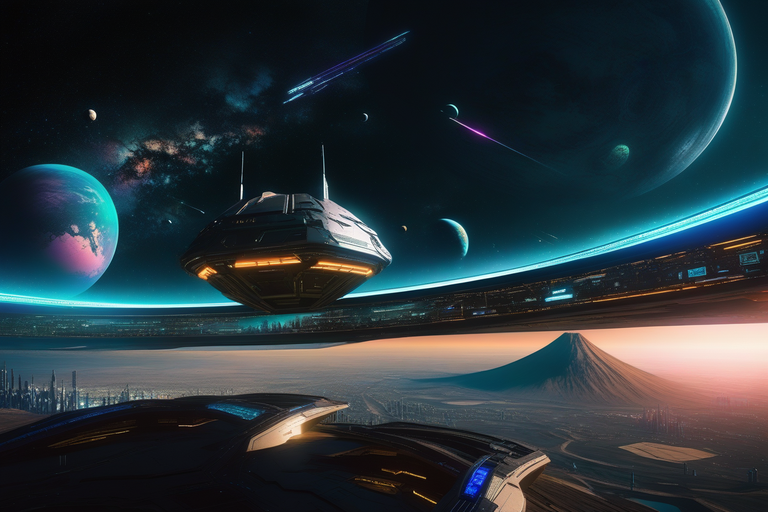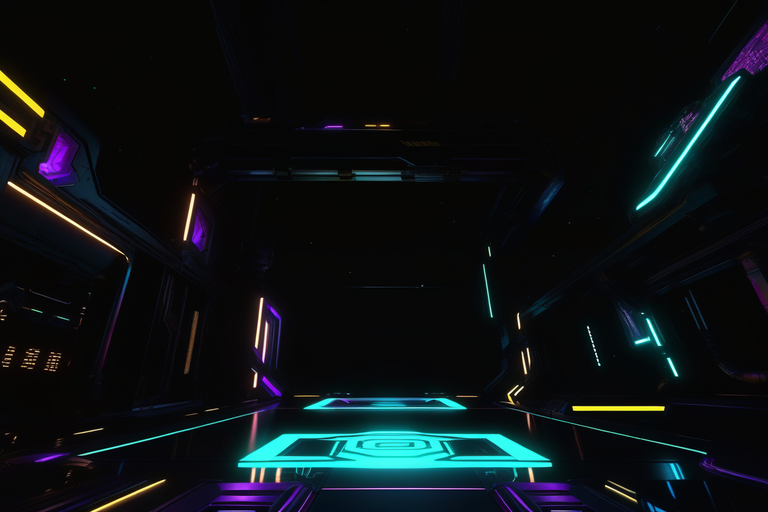"The Singularity is Near": Uniting Artificial Intelligence and Biological Consciousness
In the realm of futuristic concepts, few are as compelling and controversial as Ray Kurzweil's theory of the Singularity. His book, "The Singularity is Near," presents a future where the rapid pace of technological advancement leads to a point where artificial intelligence (AI) surpasses human intelligence, fundamentally altering the fabric of reality. This article explores the concept of the Singularity in the context of the union of AI and biological consciousness, and the implications of this convergence for reality creation.
Ray Kurzweil, a renowned futurist and technologist, defines the Singularity as a point in time when technological growth becomes so rapid and profound that it represents a rupture in the fabric of human history. The core of this idea is the exponential growth of technology, particularly in fields like AI, robotics, and biotechnology. Kurzweil predicts that AI will reach and then quickly surpass human intelligence, leading to an era where humans and machines will merge, creating a new form of intelligence and consciousness.
The Singularity envisions a future where AI and human consciousness do not just coexist but are integrated. This could manifest through brain-computer interfaces, allowing direct communication between human brains and computers, or through the development of AI with human-like consciousness and emotions. The idea is that AI could enhance human cognitive abilities, while human emotions and experiences could guide and temper AI, creating a synergistic relationship.

One of the most profound implications of the Singularity is the ability to create and manipulate reality. With AI providing almost limitless computational power and humans contributing creativity and emotional intelligence, the potential for creating new virtual realities or augmenting the existing one is immense. This could lead to scenarios where individuals can not only experience simulated realities indistinguishable from the physical world but also create their own personalized universes.
The merging of AI and human consciousness raises significant ethical and philosophical questions. It challenges our understanding of what it means to be human and the nature of consciousness itself. There are concerns about identity, privacy, and the potential loss of humanity’s unique qualities. Moreover, the possibility of a vast intelligence disparity between enhanced and non-enhanced individuals could lead to unprecedented social and economic divides.
"The Singularity is Near" by Ray Kurzweil is not just a prediction about technological advancements; it's a vision of a future where the boundaries between human and machine, biology and technology, are irrevocably blurred. In this future, the convergence of AI and human consciousness could unlock new realms of reality creation, posing both exciting possibilities and profound challenges. As we approach this pivotal point in our history, it's crucial to consider the implications of such a union, not only for the future of humanity but for the very essence of reality as we know it.

--
The concept of "The Singularity is Near," as envisioned by Ray Kurzweil, aligns closely with cyberpunk themes by forecasting a future where artificial intelligence and human consciousness merge. This fusion epitomizes cyberpunk's hallmark of blending advanced technology with human elements. In such a future, the creation and manipulation of reality through technology, a core aspect of cyberpunk, becomes possible and prevalent. Cyberpunk often explores the ethical and social implications of such advanced technologies, which is a significant aspect of the Singularity concept. This synergy of AI and human intelligence in altering the fabric of reality and challenging the boundaries of human experience is quintessentially cyberpunk.
(this article is Chat GPT generated)